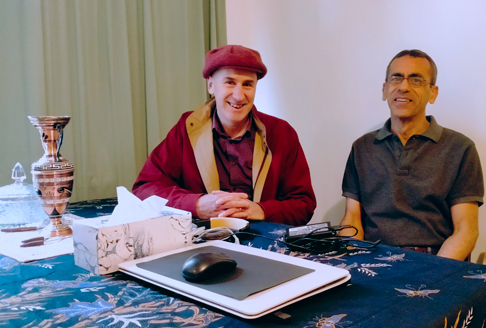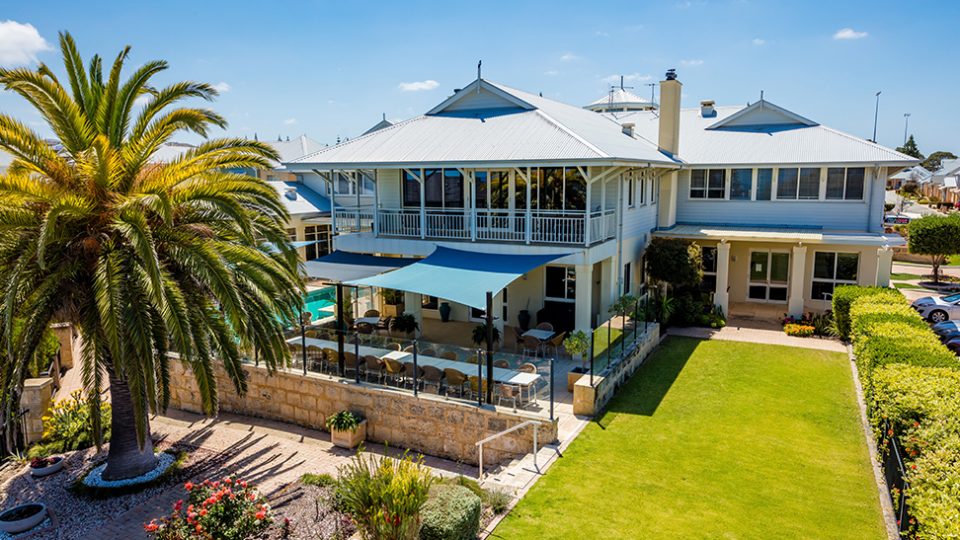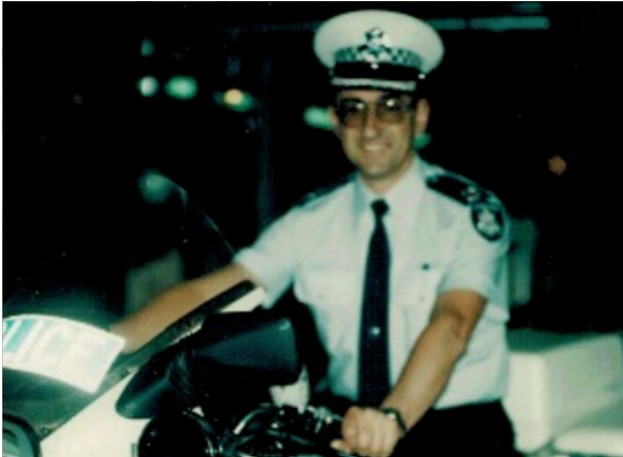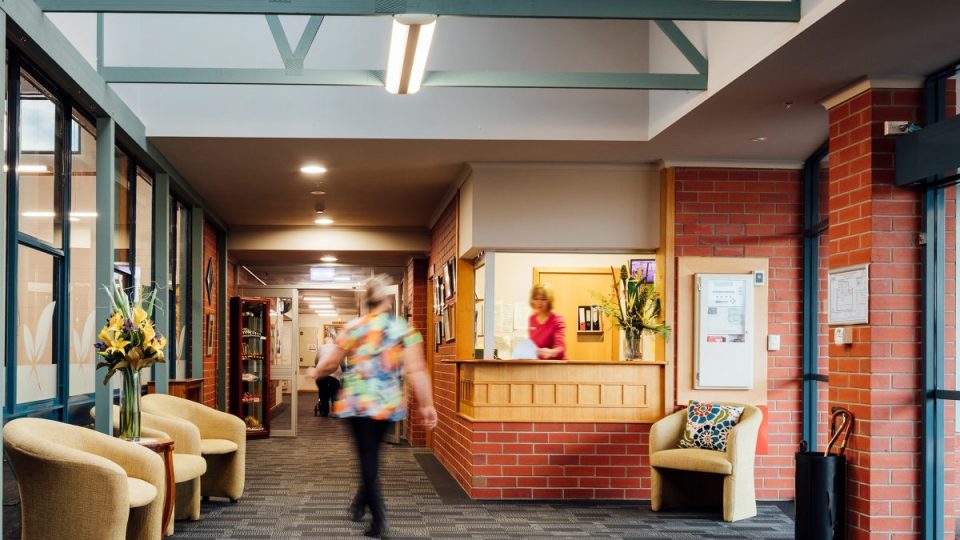Mosaic churches team up to support Houses of Hope
- 16 Jun 2022

People seeking asylum are among the most vulnerable in our community. Baptcare’s Houses of Hope program offers safe, suitable and secure housing for people seeking asylum who have experienced, or are at risk of, homelessness.
This initiative is supported by a number of Baptist congregations. One beautiful example of this support is provided by a group of four churches in Melbourne’s inner north-eastern suburbs.
The Baptist churches of West Preston, Ivanhoe, Rosanna and Regent have been meeting for some time, exploring the Baptist Union of Victoria (BUV) slogan Together on Mission. “This is an ongoing conversation to imagine what a potential partnership can look like, which has been enthusiastically taken up by all four congregations,” says Rev Gayle Hill, Head of the Mission Catalyst Team at BUV.
“They have come together under the name of Mosaic, reflecting that they remain individual churches but are embracing the partnership paradigm. Part of the conversation has been around what sort of missional initiatives each of the churches has been undertaking, and what opportunities there are to support each other.”
West Preston Baptist Church has had a long involvement in supporting people seeking asylum through Baptcare’s Sanctuary program. This congregation has led the drive of the Mosaic churches to support Houses of Hope. After a joint service, each congregation pledged an amount to put towards renting houses for the project through the auspices of Baptcare. The Mosaic churches are now supporting three Houses of Hope, with aspirations for a fourth.
“We decided to do some fundraising and kicked off an initiative amongst the four churches in our area,” says Tony Williams of West Preston Baptist Church. “We advertised the need amongst the churches, and got enough pledges to provide funds to Baptcare for the rental of almost three two-bedroom units for a minimum of two years. The people who pledged could visualise who the people are who are affected, and that personal connection with asylum seekers drove the response.”
“I think there is a great opportunity for other churches to consider this model,” Gayle says. “Although a single church might feel it is beyond it financially, when several churches collaborate it can be achieved, especially through partnership with Baptcare. Joining together enables them to flourish, as well as giving an opportunity for the most vulnerable people in society to flourish.”
The Bible has numerous references to showing love for strangers. (For example, Matthew 25:35 For I was hungry and you gave me food, I was thirsty and you gave me something to drink, I was a stranger and you welcomed me.) When the scripture says that God’s face can be seen in the face of the stranger, it means that God’s face can be seen in the face of the person seeking asylum, and the refugee. This underpins the love and support that is flowing from the Mosaic churches, and the other congregations and individuals supporting Houses of Hope. It is an alignment of mission between Baptcare, Baptist churches and the BUV Support Hub with one aim: supporting people in acute need.
Community news
-

BaptistCare to acquire Keyton’s Western Australian retirement village portfolio
BaptistCare is pleased to announce that we have entered into an agreement to acquire Keyton’s portfolio of retirement villages in WA.
- 13 Nov 2025
-

Spotlight on Residents: Reg Baker
At Baptcare, we are always delighted to learn more about our residents’ lives. They are often filled with excitement, joy, and adventure, and it truly reminds us how rich a person’s life is—and continues to be—when they join one of our residential aged care communities. Today, we are honoured to share the remarkable story of one of our residents, Reg Baker, who lives at Baptcare Peninsula View Residential Aged Care community.
- 10 Nov 2025
-

Staff spotlight | Leonie Irvine – 35 years of service in aged care
Leonie is one of our dedicated Lifestyle Assistants at Karingal Residential Aged Care community in Devonport, Tasmania. She recently celebrated an incredible milestone - 35 years of continuous service at Baptcare. In a sector where long-term service is increasingly rare, Leonie’s 35-year journey stands out as something truly special.
- 10 Nov 2025
